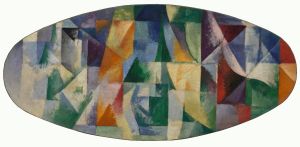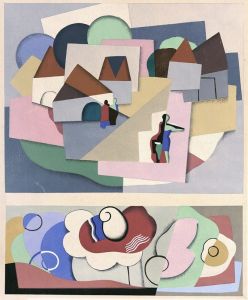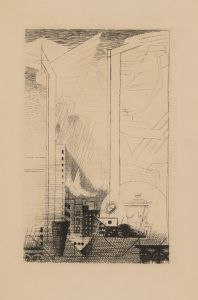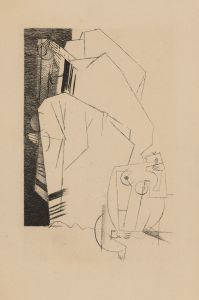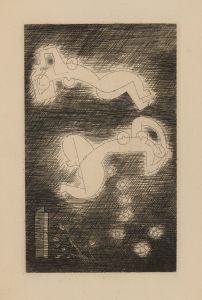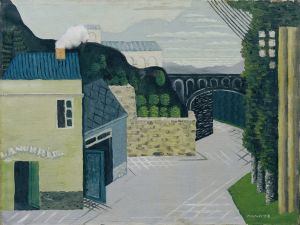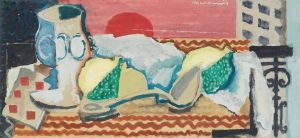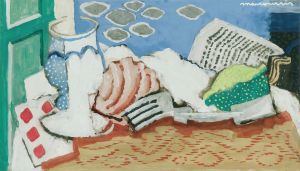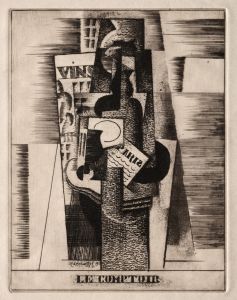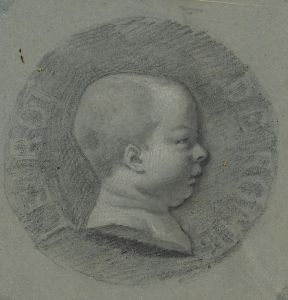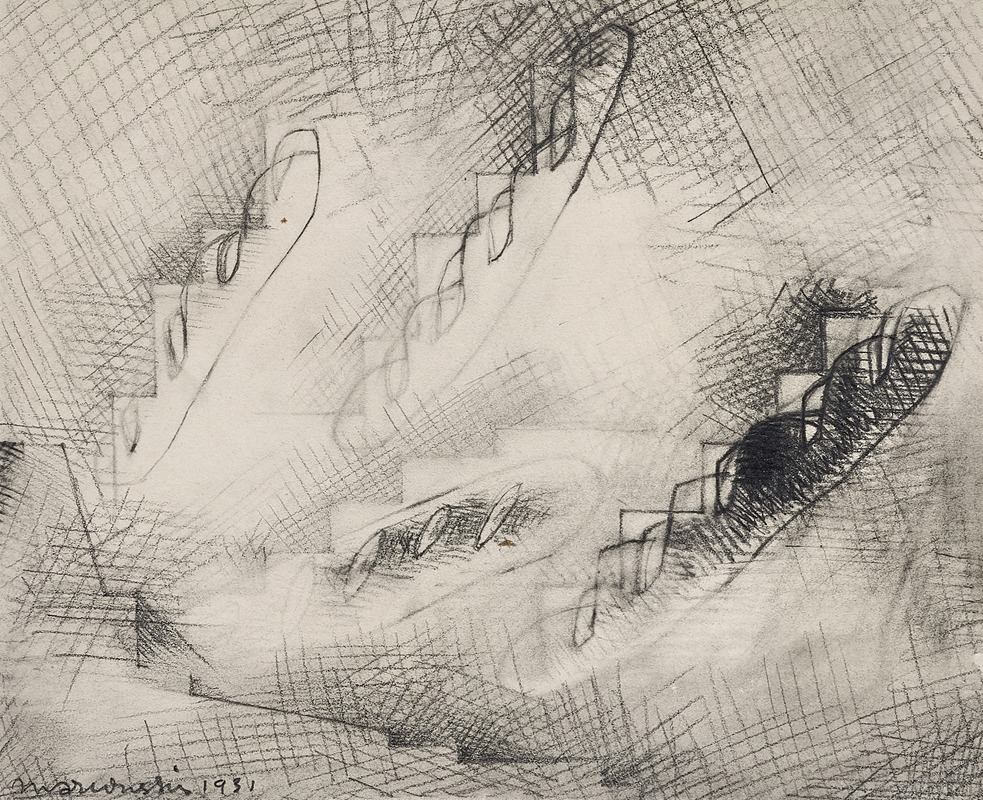
La rue Caulaincourt
A hand-painted replica of Louis Marcoussis’s masterpiece La rue Caulaincourt, meticulously crafted by professional artists to capture the true essence of the original. Each piece is created with museum-quality canvas and rare mineral pigments, carefully painted by experienced artists with delicate brushstrokes and rich, layered colors to perfectly recreate the texture of the original artwork. Unlike machine-printed reproductions, this hand-painted version brings the painting to life, infused with the artist’s emotions and skill in every stroke. Whether for personal collection or home decoration, it instantly elevates the artistic atmosphere of any space.
Louis Marcoussis, born Ludwik Kazimierz Wladyslaw Markus in 1878, was a Polish-French painter and engraver associated with the Cubist movement. He is known for his contributions to the development of Cubism and his unique approach to the style, which often incorporated elements of abstraction and a distinct use of color and form. One of his notable works is "La rue Caulaincourt," which reflects his artistic vision and mastery of the Cubist technique.
"La rue Caulaincourt" is a painting that captures the essence of a street scene in Paris, specifically the Rue Caulaincourt, located in the Montmartre district. This area was a significant hub for artists and bohemians in the early 20th century, providing a rich source of inspiration for many creatives, including Marcoussis. The painting exemplifies Marcoussis's ability to transform a mundane urban landscape into a dynamic composition through the use of Cubist principles.
In "La rue Caulaincourt," Marcoussis employs a fragmented perspective, characteristic of Cubism, to depict the street and its surroundings. The painting is composed of geometric shapes and planes that intersect and overlap, creating a sense of depth and movement. This approach allows the viewer to experience the scene from multiple viewpoints simultaneously, a hallmark of Cubist art. The use of muted colors and subtle tonal variations adds to the complexity of the composition, inviting viewers to engage with the painting on a deeper level.
Marcoussis's work is often noted for its lyrical quality, and "La rue Caulaincourt" is no exception. Despite the abstract nature of the painting, there is a sense of rhythm and harmony in the arrangement of forms and colors. This lyrical aspect can be attributed to Marcoussis's background in music, which influenced his approach to visual art. The painting captures the vibrancy and energy of urban life, while also conveying a sense of tranquility and balance.
The significance of "La rue Caulaincourt" lies not only in its artistic merit but also in its reflection of the cultural and social environment of Paris during the early 20th century. The Montmartre district, with its bustling streets and vibrant artistic community, served as a backdrop for many avant-garde movements, including Cubism. Marcoussis, as a part of this milieu, contributed to the evolution of modern art through his innovative works.
Marcoussis's impact on the art world extends beyond his paintings. He was also a skilled engraver and collaborated with several prominent artists and writers of his time, including Guillaume Apollinaire and Pablo Picasso. His work in printmaking further demonstrated his versatility and commitment to exploring new artistic avenues.
In summary, "La rue Caulaincourt" by Louis Marcoussis is a testament to the artist's skill and creativity within the Cubist movement. Through his use of geometric abstraction and a nuanced color palette, Marcoussis transforms a simple Parisian street scene into a complex and engaging work of art. The painting not only showcases his mastery of Cubist techniques but also reflects the vibrant cultural landscape of early 20th-century Paris.





